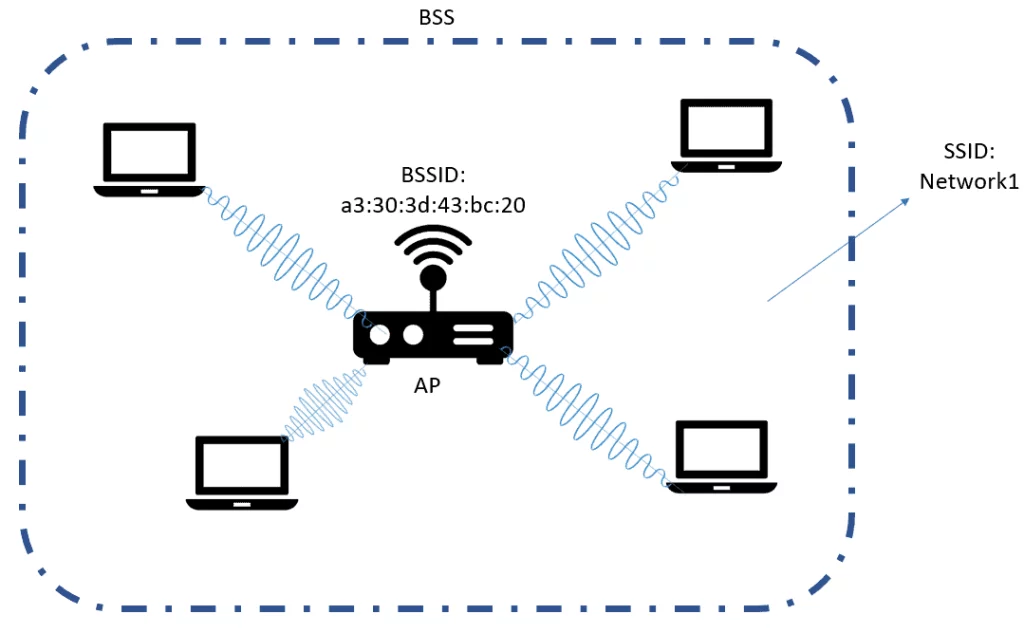In order to resolve wireless adapter or access point issues on your Windows device, we advise you to begin by unplugging your router for a minute and resetting your device. If this doesn’t work, fret not! This guide will walk you through the steps to troubleshoot and fix the problem. Continue reading to discover the solution that suits you best.
Understanding Wireless Adapters and Access Points
A wireless adapter is a vital component that connects your computer to a wireless network, such as Wi-Fi, enabling internet access. Some laptops and desktop motherboards come equipped with built-in wireless adapters, while others require a USB wireless adapter to access the internet wirelessly.
On the other hand, an access point acts as an intermediary between your device and the router, transmitting Wi-Fi signals across a network. By using an access point, you can connect to the internet from a greater distance and enjoy reliable network access.

Common Causes of Wireless Adapter Problems
Identifying the exact source of a connectivity problem can be challenging due to the interplay of various factors in your computer’s hardware and software configuration. To determine the root cause, a thorough elimination process is necessary, involving multiple solutions until a successful one is found. Potential issues can arise from your operating system’s interaction with the access point or the access point’s ability to make the network available to a client device, like a Windows computer.
The majority of problems often originate on the Windows side of your desktop’s connection, stemming from software misunderstandings or improperly active hardware, such as a wireless card. Comparatively, the access point tends to have fewer issues due to its simpler design, though transmission problems may still occur.
Troubleshooting Steps for Wireless Adapter or Access Point Problems

When troubleshooting wireless network adapter issues, one of the most frustrating aspects is that error messages often lack specific details regarding the root cause. This uncertainty makes it difficult to ascertain whether the problem arises from a driver error, an issue with the Wi-Fi router, or some other error.
However, fear not! We have compiled a set of steps to help you tackle wireless adapter or access point problems. These steps range from easy to more challenging solutions, ensuring there’s something for everyone. Let’s dive in:
1. Restart Your Wireless Router and Computer: Begin by restarting your router and device, as temporary bugs in the operating system can often be resolved with a simple restart. If your wireless router uses capacitors to prevent connection failures due to power loss, wait for about half a minute before plugging it back in.
2. Forget and Reconnect to the Network: If you recently modified your wireless router settings and now face issues with the wireless adapter or access point in Windows 10 or 11, try forgetting the network settings and reconnecting to the network. Open the Wi-Fi menu, right-click on the network you wish to forget, and select “Forget.” Reconnect by clicking on the network name, entering the Wi-Fi password, and clicking “Connect.”
3. Use a Wired Connection: Although using a wired connection may seem less convenient, connecting your laptop or PC to the router via an Ethernet cable can help with troubleshooting. If the wired connection works fine, the issue likely lies with the router or the PC.
4. Update the Wireless Device Drivers: Faulty drivers often cause problems with wireless adapters. Uninstall and perform a clean installation of the drivers to fix this issue.
5. Disable Any VPN: If you are using a VPN, it may interfere with the connection, especially when using an access point due to changing IP addresses. Turn off the VPN or uninstall it to see if the issue is resolved.
6. Remove Third-Party Antivirus Software: Some antivirus software can disrupt the wireless connection, causing problems with the wireless adapter. Try disabling or uninstalling any third-party antivirus software to resolve the issue.
7. Disable the IP Helper Service: The IP Helper service in Windows can sometimes lead to issues with your access point or wireless adapter. Consider disabling this service to fix wireless network adapter problems.
8. Reset the Wireless Router: Improper router configurations can lead to problems with access points. Resetting the router can often fix such issues. Remember to save and export the configuration before resetting it.
If you still cannot resolve the problem using the above steps, it’s time to seek assistance from your Internet service provider (ISP). ISPs are better equipped to troubleshoot wireless access point issues and can provide expert guidance to resolve the problem.
Boost Your Productivity
If you’ve lost valuable time due to internet connectivity issues, you can regain some of it by taking a productivity course on Udemy.
In conclusion, troubleshooting wireless adapter or access point issues may require some trial and error, but with persistence and the right steps, you can enjoy a smooth and reliable wireless connection. Let us know in the comments which solution worked best for you!
